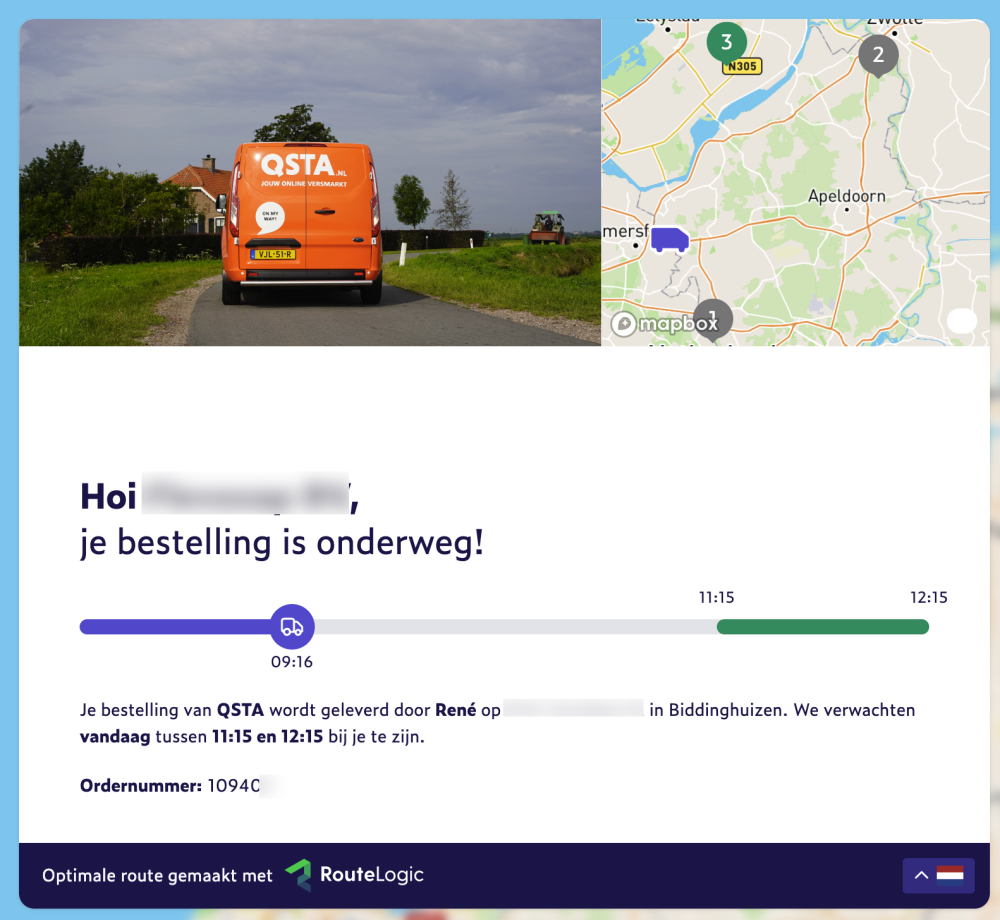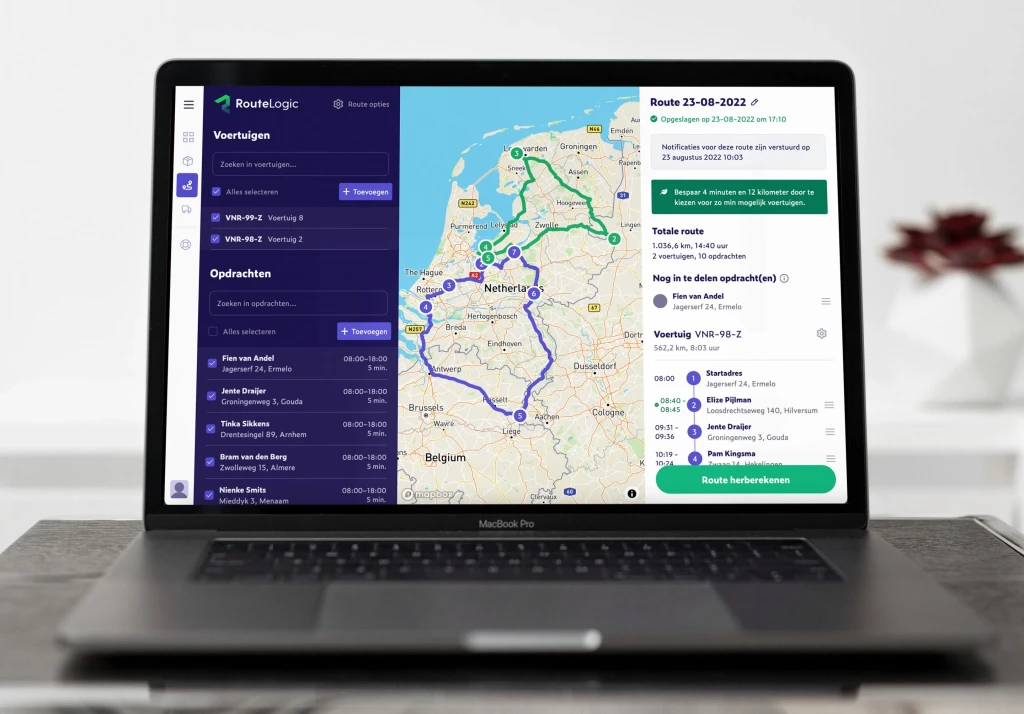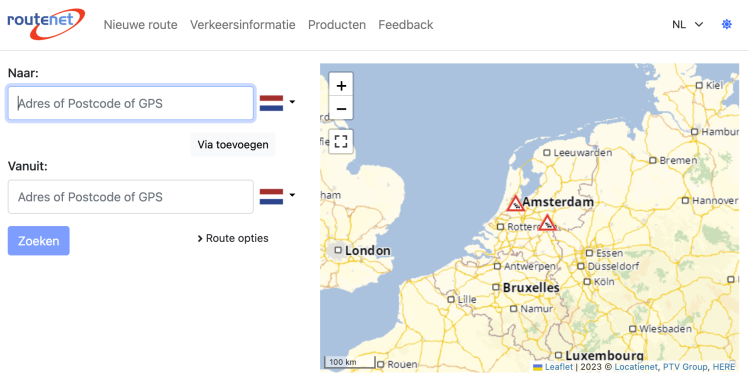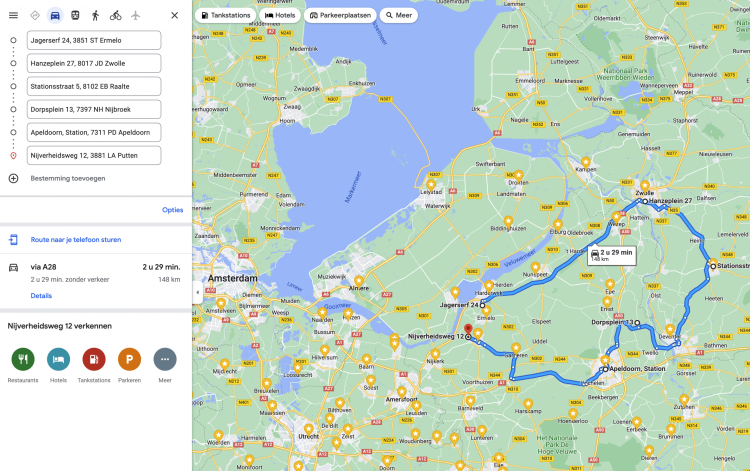What is a Track and Trace System?
Track and trace systems are advanced technological solutions that enable organizations to collect, analyze, and visualize real-time information about the location and status of objects, assets, or vehicles. These systems use a variety of technologies, including GPS (Global Positioning System), RFID (Radio Frequency Identification), and IoT (Internet of Things), to enable accurate tracking and tracing.
The Benefits of a Track and Trace System
Implementing track and trace systems offers significant advantages for organizations of all sizes and across various industries. Some of the key benefits include:
-
Cost Savings: By more efficiently utilizing resources, such as vehicles and equipment, companies can save costs.
-
Efficiency Improvement: Real-time monitoring and data analysis assist in optimizing operational processes.
-
Higher Customer Satisfaction: Customers benefit from accurate and timely information about the status of their orders or services.
How Does a Track and Trace System Work?
Track and trace systems work by collecting data from sensors and other sources, processing this data, and then providing insightful information to users. Real-time monitoring and reporting enable quick decision-making and operational process improvement.

Track and Trace Applications in Various Sectors
Track and trace systems find applications in various sectors. In the logistics and transportation sector, they are used to track the location of cargo and vehicles, enabling more efficient route planning and delivery management. In healthcare, these systems are deployed to trace medical equipment, improving patient care and reducing costs. In the manufacturing sector, they assist in monitoring the progress of production processes, leading to better quality control and efficiency.
Implementation and Integration of a Track and Trace System
Successfully implementing track and trace systems requires careful planning and integration with existing business processes. It is essential to ensure seamless collaboration with other systems and software.
Security and Privacy Considerations
Security and privacy are critical aspects of track and trace systems. It is important to ensure that sensitive data is securely stored and that the systems comply with legal requirements.
Future Developments and Trends
The future of track and trace systems looks promising, with expected developments such as blockchain-based tracking and advanced data visualization offering new possibilities for organizations.
Track and trace systems are no longer just an option but rather an essential tool for organizations aiming for improved efficiency and visibility. By understanding the benefits of these systems and considering careful implementation, companies can enhance their competitiveness and offer better services to their customers.
A Route Planner with a Track and Trace System
In addition to a track and trace system, planning routes is an important consideration. This not only saves fuel but also time and money, while reducing emissions for the environment. RouteLogic takes into account the following factors when calculating a route:
- The number of vehicles;
- How many hours a vehicle averages per day;
- How many kilometers a vehicle averages per day;
- How many hours you spend on route planning per day;
- The hourly wage of a driver;
- The fuel price per liter.
Start planning your routes for free with RouteLogic now and discover how quickly you can create efficient routes for your logistics operation.



